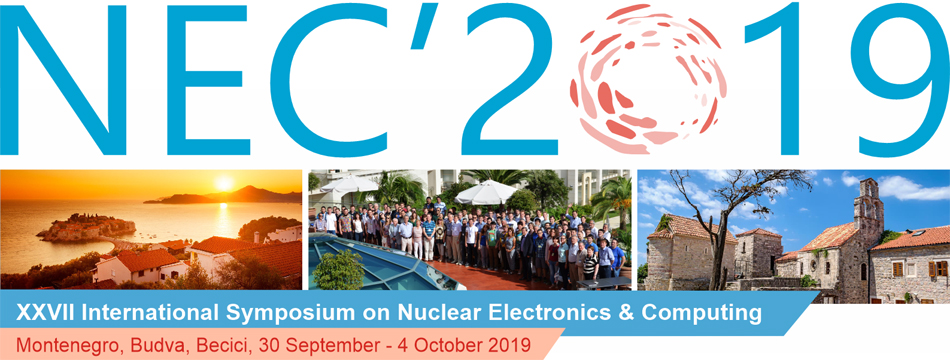Speaker
Mr
Egor Shchavelev
(Saint Petersburg State University)
Description
Particle tracking is a very important part of modern high energy physics experiments. While the data stream from such experiments is increasing day by day, current tracking methods lack the ability to fit these amounts of data. In order to solve this problem, new effective machine learning algorithms are actively developed in the HEP.TrkX project for Large Hadron Collider detector and for the GEM detector of the BM@N experiment. This work is a logical continuation of the research presented on the XXIII International Scientific Conference of Young Scientists and Specialists (AYSS-2019), where we have already introduced a new application for tracking with the Graph Neural Network based on the Minimum Branching Tree preprocessing. However, that approach has had some problems, including the overall inaccuracy with the segments purification of the preprocessed event graph. In this work, we overcome many of such problems and introduce a revised approach with improved tracking accuracy. Promising results of the improved GNN tracking are given.
Summary
The reported study was funded by RFBR, project number 18-02-40101
Keywords: tracking, deep learning, graph neural networks, minimum spanning tree, minimum branching tree.
Author
Mr
Egor Shchavelev
(Saint Petersburg State University)
Co-authors
Dr
Dmitry Baranov
(Joint Institute for Nuclear Research)
Prof.
Gennady Ososkov
(Joint Institute for Nuclear Research)
Mr
Pavel Goncharov
(Sukhoi State Technical University of Gomel, Gomel, Belarus)

